Solé water, a tonic made with minimally processed salt, is a super-hydrating remedy you can make in less than five minutes. Add a teaspoon to your morning glass of water to rehydrate after a night's rest, or try it after a workout to help replenish lost electrolytes.
Jump to Recipe | What is solé water? | Benefits | How to Use It
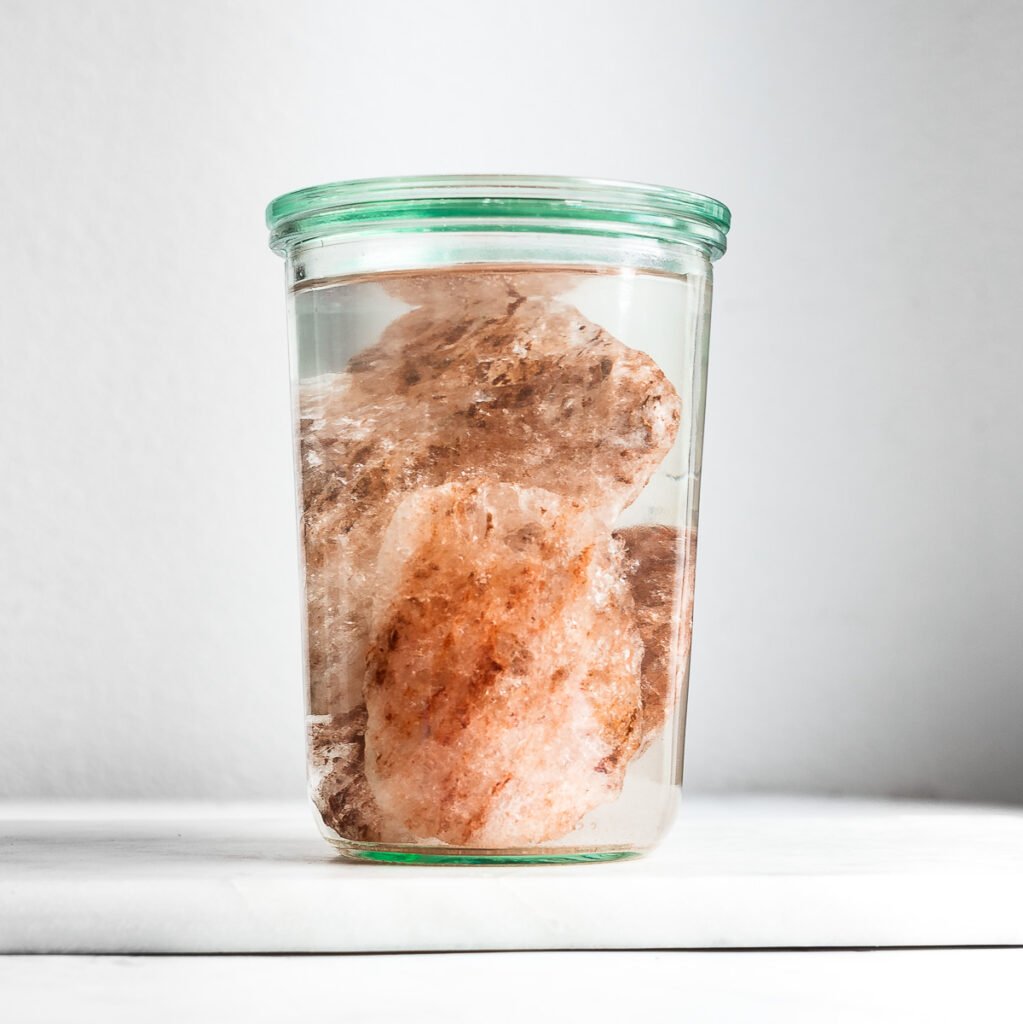
What is solé?
Solé (pronounced so-lay) is a mineral tonic made by dissolving unrefined salt into water. It was introduced by the book Water and Salt: The Essence of Life. Because it contains salt and trace amounts of other electrolytes, it functions similarly to electrolyte drinks that people take to replenish lost minerals and rehydrate the body.
You make solé by dissolving natural, minimally processed salt into water until the water becomes fully saturated and cannot absorb more. Then, you serve the tonic by mixing a teaspoon of the liquid into your morning glass of water.
While most of its advocates take it in the morning, you can also use solé to help rehydrate the body after exercise or on hot days to replace the water and electrolytes lost in sweat.
What are the benefits?
Some of solé's most ardent advocates claim that drinking the tonic provides many benefits - from better sleep and more energy to fewer allergies and better mood; however, there's no research to support these claims directly. Rather, most of these benefits are anecdotal.
We do know that salt performs a wide variety of functions in the human body and is essential for health when taken in appropriate amounts. Accordingly, drinking solé or salting your foods to taste can help support systemic wellness.
- Mineral-rich salt supports hydration. Your body's ability to hydrate effectively depends on salt and other electrolytes (1).
- Salt supports PH balance. Salt and other electrolytes support PH balance and help transport nutrients to cells (2).
- Salt supports digestion. The chloride in salt is necessary for producing stomach acid, and salt itself supports the transport of nutrients in the small intestines (3).
- The right amount of salt supports metabolic health. Low salt diets may aggravate insulin resistance (4,5,6), but high-sodium diets are also linked to metabolic syndrome (7,8).
- Unrefined salt contains a wide variety of minerals. In addition to sodium chloride, minimally processed salts contain a variety of minerals in trace amounts including calcium, sulfur, potassium, magnesium, and iron (9).
Keep in mind that while it contains a wide variety of minerals, organ meats, nuts, seeds, leafy greens, and other whole foods typically offer a denser source of these nutrients. This mineral-rich sipping broth is a nice option for increasing your mineral intake. You can also increase the bio-availability of minerals in certain foods, such as grains, by soaking them.
The body's need for salt is bio-individual and some people are sensitive to salt (10). Further, some people with various health conditions may benefit from a lower salt diet. Accordingly, solé isn't appropriate for everyone - particularly if you are sensitive to salt or your health care provider has recommended a low-salt diet.
Which type of salt?
For solé water, you'll need minimally processed salt with its trace minerals intact. While you can use coarse or finely ground salt, try picking up a few salt crystals. They're beautiful to look at and dissolve readily.
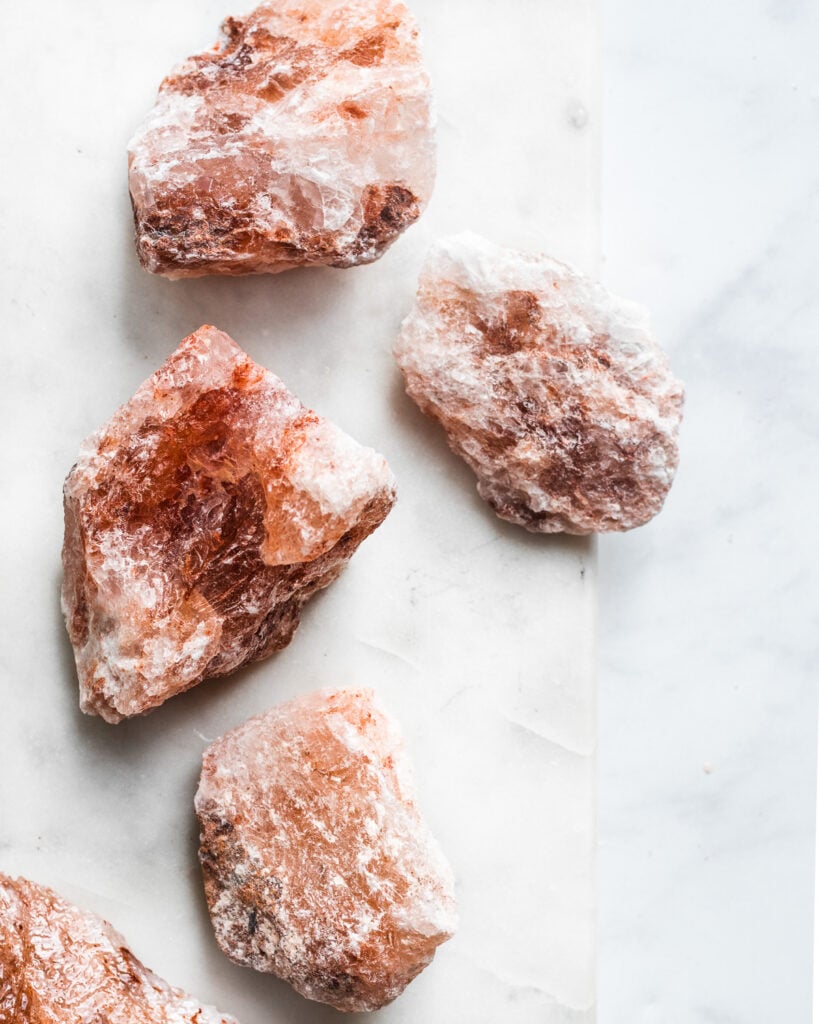
Love this recipe? There's more.
Join Nourished Kitchen's Cooking Club for ad-free browsing, nourishing monthly meal plans, and access to all our premium downloads.
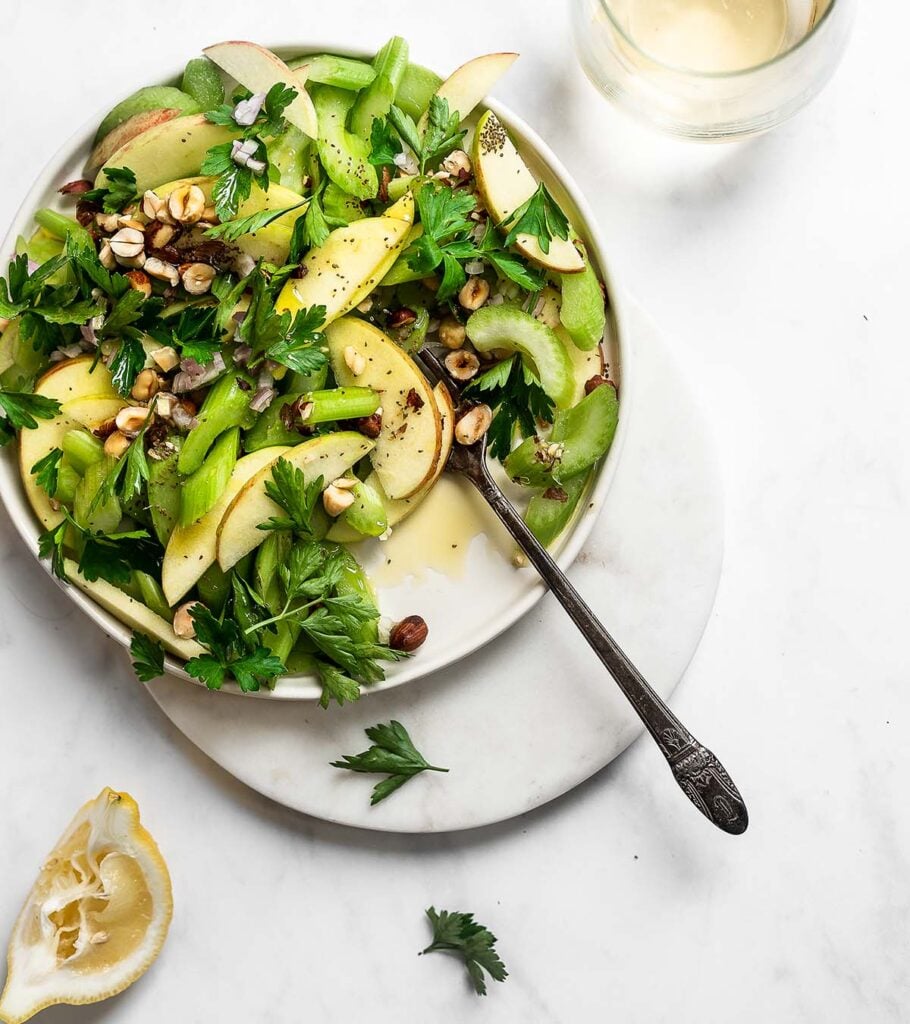
How to Use It
- First thing in the morning. Stir a teaspoon into a cup of water and drink it to hydrate first thing in the morning.
- Add lemon juice. Lemon juice provides an pleasant acidic note to your water, as well as a punch of vitamin C.
- If you find it too strong, dilute 1 teaspoon solé into a quart of water to sip throughout the day instead of 1 cup of water in the morning.
- Use it to rehydrate after exercise or time spent sweating in the hot sun.
References
- Electrolytes. Colorado State University. Retrieved 2020.
- Fluid and Electrolyte Balance. MedlinePlus. Retrieved 2020.
- Kiela, P. R., & Ghishan, F. K. (2016). Physiology of Intestinal Absorption and Secretion. Best practice & research. Clinical gastroenterology, 30(2), 145–159.
- Garg R, Williams GH, Hurwitz S, Brown NJ, Hopkins PN, Adler GK. Low-salt diet increases insulin resistance in healthy subjects. Metabolism. 2011 Jul;60(7):965-8.
- Feldman RD, Schmidt ND. Moderate dietary salt restriction increases vascular and systemic insulin resistance. American Journal of Hypertension. 1999 Jun;12(6):643-7.
- Townsend RR, Kapoor S, McFadden CB. Salt intake and insulin sensitivity in healthy human volunteers. Clin Sci (Lond). 2007 Aug;113(3):141-8.
- Hoffmann IS, Cubeddu LX. Salt and the metabolic syndrome. Nutr Metab Cardiovasc Dis. 2009 Feb;19(2)
- Wein, H. How the Body Regulates Salt Levels. NIH Research Matters. Retrieved 2020.
- Real Salt Elemental Analysis. Redmond Trading Company, LC. Retrieved 2020.
- Sanada, H., Jones, J. E., & Jose, P. A. (2011). Genetics of salt-sensitive hypertension. Current hypertension reports, 13(1), 55–66.


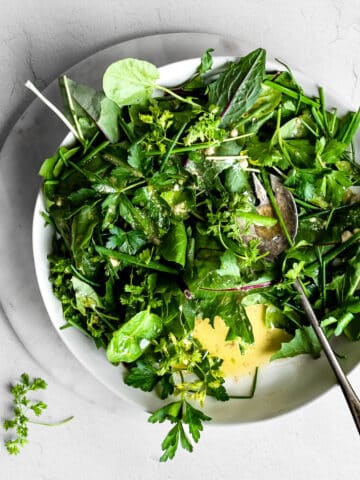
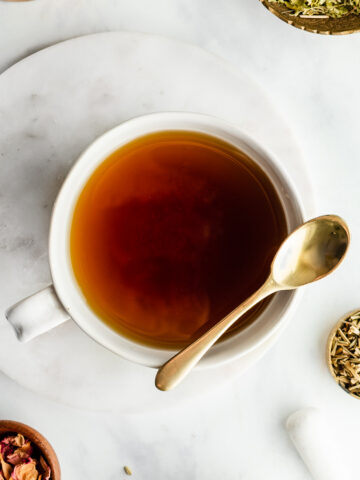
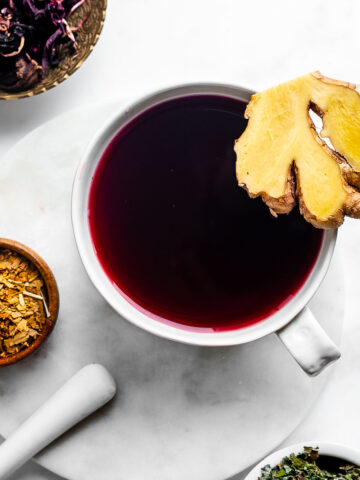
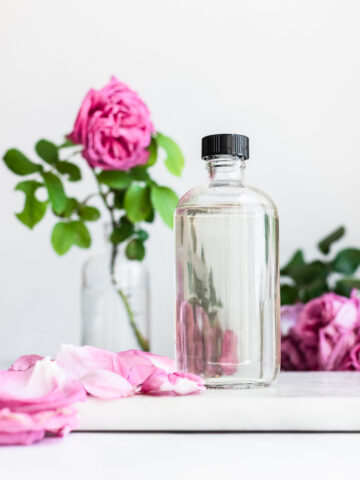
Tami says
I tried making this with Pink Himalayan salt and it did not dissolve all the way. Is this normal and, should I take out the leftover salt?
Jenny McGruther says
It's not supposed to. Please read the article and follow the recipe.
Norine says
How big do the salt crystals have to be and if they're small, how much should I use?
Jenny McGruther says
Hi Norine,
I recommend buying the ingredients called for in the recipe (the salt crystals will be the right size) and follow the instructions exactly.
Donna Ayers says
Where did you find a jar with a glass top?
Jenny says
Hi Donna,
This jar is from Weck.
maureen says
Hi Jenny: I could only find the Redmond fine salt. I assume I don't soak it, but simply add it to a glass of water. If so, how much do use?
Jenny says
Hi Maureen, If you check out the recipe you'll see where you can order the salt crystals. If you're using ground salt, you still need to put enough so that the water becomes full saturated. Try filling the glass half-way with salt and then fill the rest of the glass with water.
Glenn says
How does that differ from simply putting some high quality salt (for example either himalayan or redmonds) into a glass of water stirring it and dissolving and drinking it? Once you have made the concentrate you are diluting it back again into the water so I fail to understand how it is any different than stirring and dissolving some salt into a glass of water. (I drink a glass of salt and water each morning).
Jenny says
Hi Glenn,
If you like your morning routine of salt + water, stick to it! The difference is that with this method, you're preparing a mixture that is fully saturated with salt, and then dilute that into water. Either way, you're getting salt, water and electrolytes.